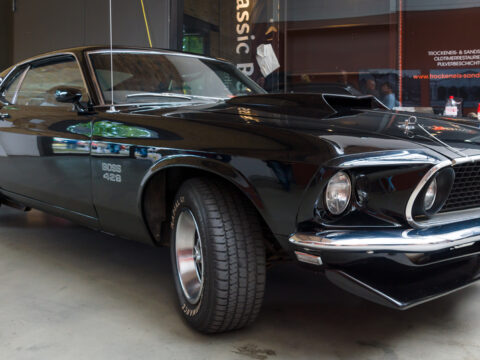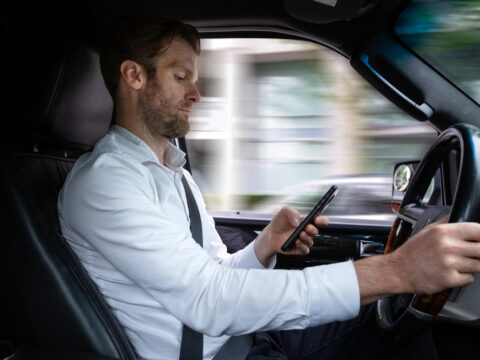The automotive industry is rapidly evolving, with emerging technologies transforming how we drive and interact with our vehicles. In the next decade, we’re set to witness a convergence of advancements that will transform our vehicles from mere modes of transport into intelligent, connected, and sustainable companions on the road. Here’s a list of 10 futuristic car technologies that are set to redefine the automotive landscape in the next decade.
Contents
Autonomous Driving Systems
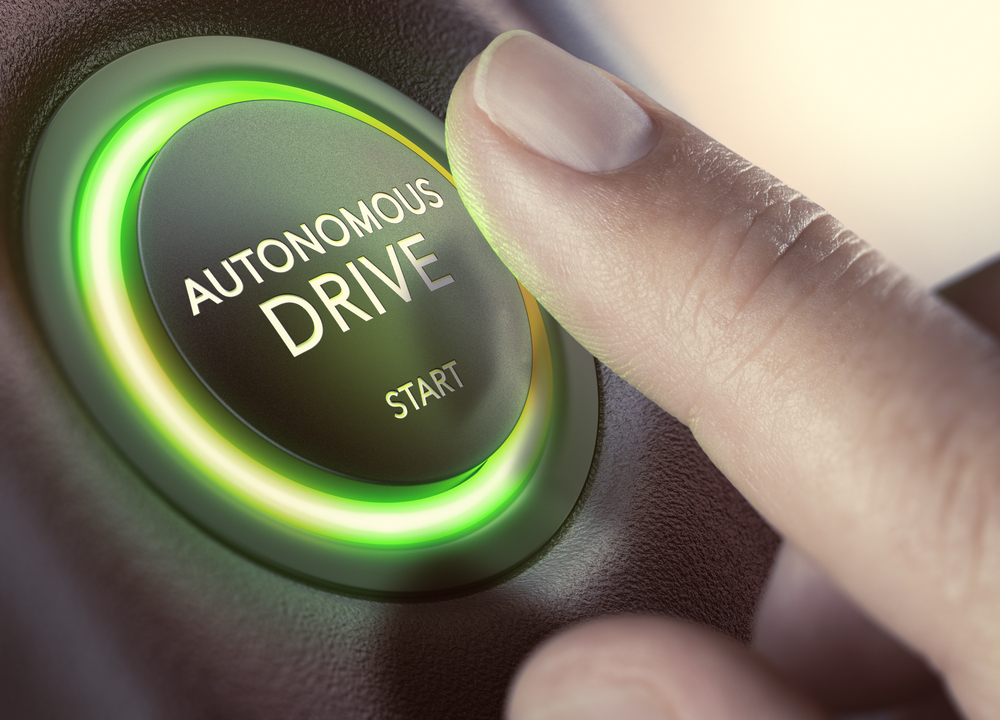
Self-driving technology is on the brink of revolutionizing the way we commute. Companies like Tesla, Waymo, and Cruise are at the forefront, developing systems that can navigate without human input. These systems use a combination of advanced sensors, cameras, and artificial intelligence to detect road conditions, obstacles, and traffic signs. The goal is to achieve Level 5 autonomy, where the car is fully autonomous in all driving scenarios, potentially increasing safety and reducing traffic congestion.
Electric Vehicle (EV) Battery Advancements
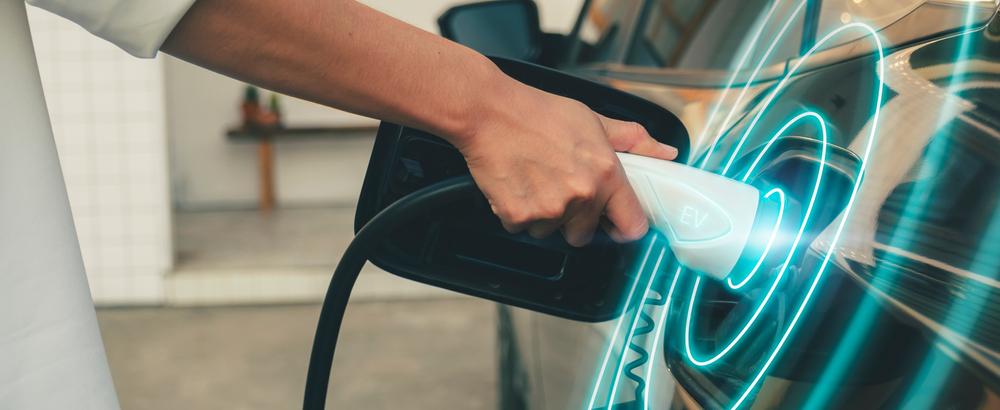
EVs are set to become more efficient and practical thanks to improvements in battery technology. Solid-state batteries, heralded by brands like Toyota and QuantumScape, are one such development. These batteries promise faster charging times, longer ranges, and increased safety over traditional lithium-ion batteries. With higher energy densities, they could enable EVs to travel as far as 500 miles on a single charge.
Vehicle-to-Everything (V2X) Communication
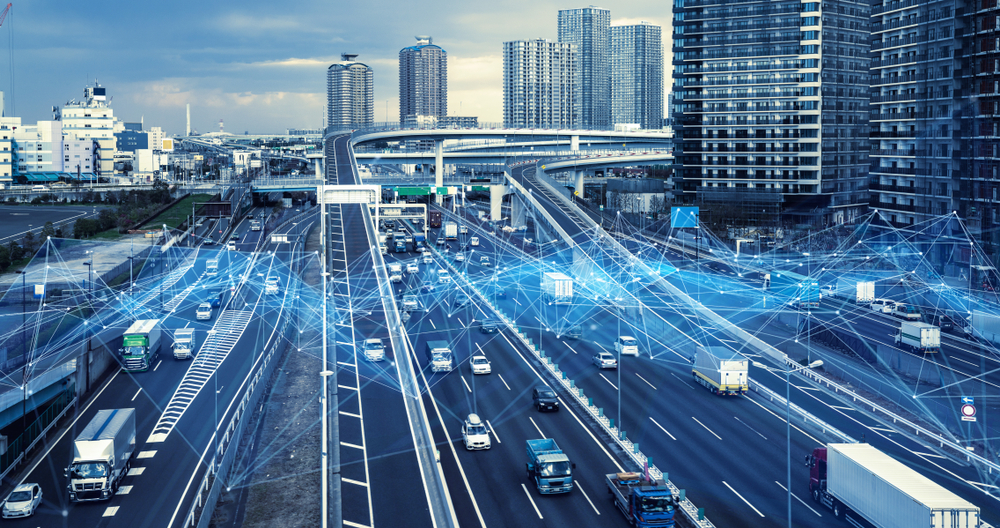
V2X technology allows vehicles to communicate with each other and with infrastructure like traffic lights and sensors. This technology aims to improve traffic flow and safety by sharing real-time information about road conditions. Companies such as Qualcomm are leading the charge, developing chipsets that enable this communication.
Biometric Vehicle Access
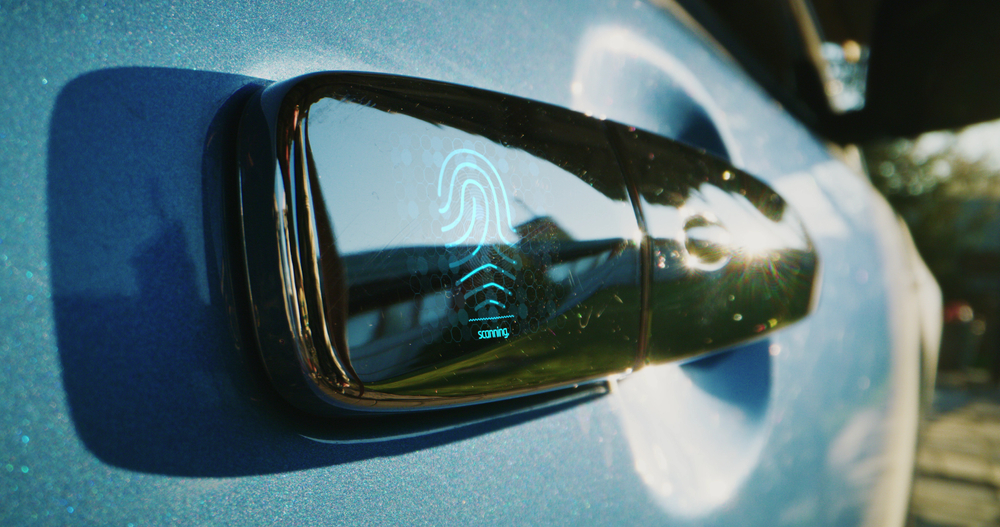
The future of car security may lie in biometric access systems. Fingerprint and facial recognition are becoming more common for unlocking and starting cars, providing a higher level of security tailored to the individual driver. Luxury car manufacturers like Mercedes-Benz have already started implementing such systems in their high-end models.
Augmented Reality (AR) Head-Up Displays
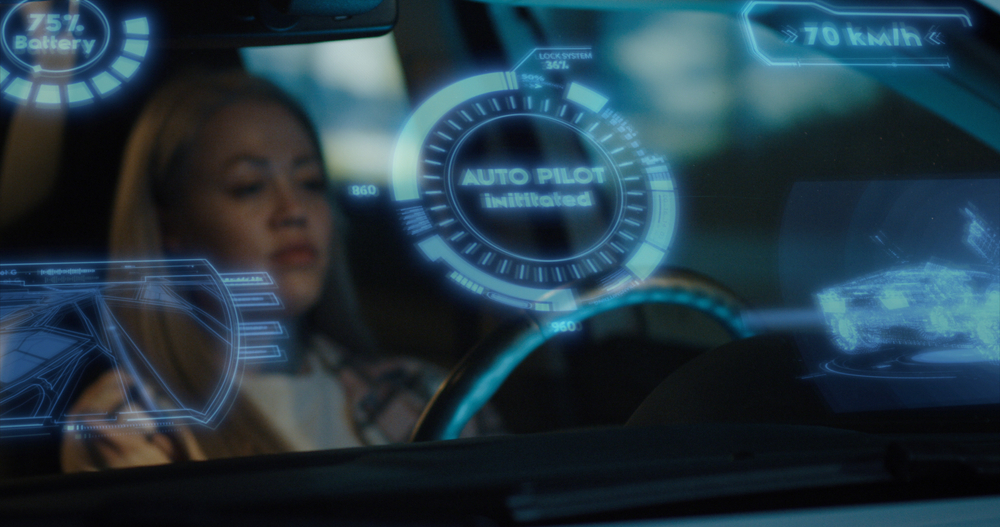
AR head-up displays project information onto the windshield, overlaying data such as navigation prompts, hazard detection, and speed indicators onto the real world. Companies like Panasonic are working on AR HUDs that could significantly enhance driver awareness and safety by keeping drivers’ eyes on the road.
Artificial Intelligence (AI) and Machine Learning
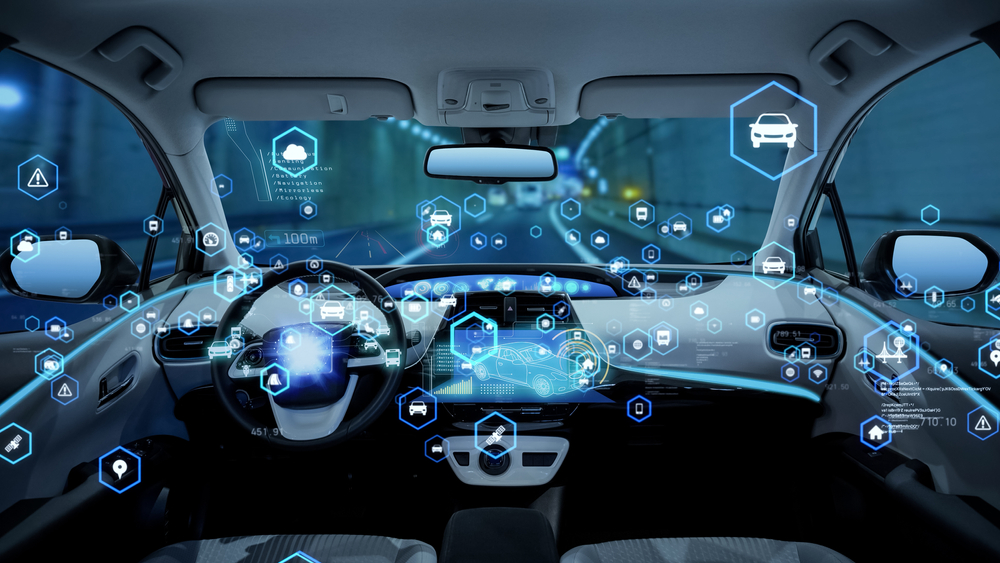
AI is set to play a crucial role in personalizing the driving experience. Cars will learn drivers’ preferences and habits, adjusting the vehicle’s settings for comfort, handling, and entertainment. Brands like BMW and Tesla are integrating AI to provide a more personalized and adaptive driving experience.
Active Health Monitoring

Ford and other manufacturers are exploring seats and steering wheels that can monitor vital signs. These health monitoring systems could alert drivers to issues like heart attacks or fatigue, potentially preventing accidents caused by medical emergencies behind the wheel.
Energy-Storing Body Panels
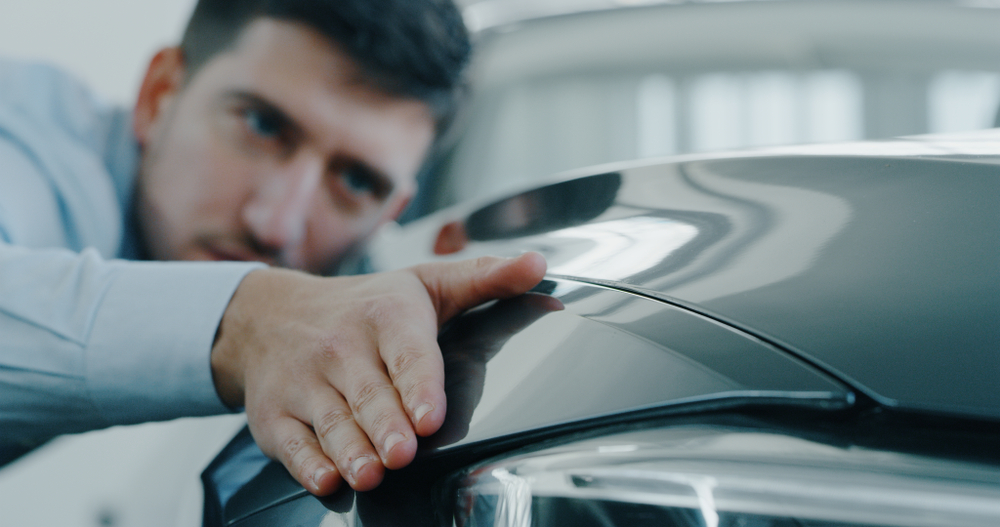
Researchers are experimenting with body panels that can store energy and charge faster than conventional batteries. Brands like Volvo have invested in developing this technology, which could lead to lighter, more efficient electric cars that draw energy from their own exteriors.
Advanced Driver-Assistance Systems (ADAS)
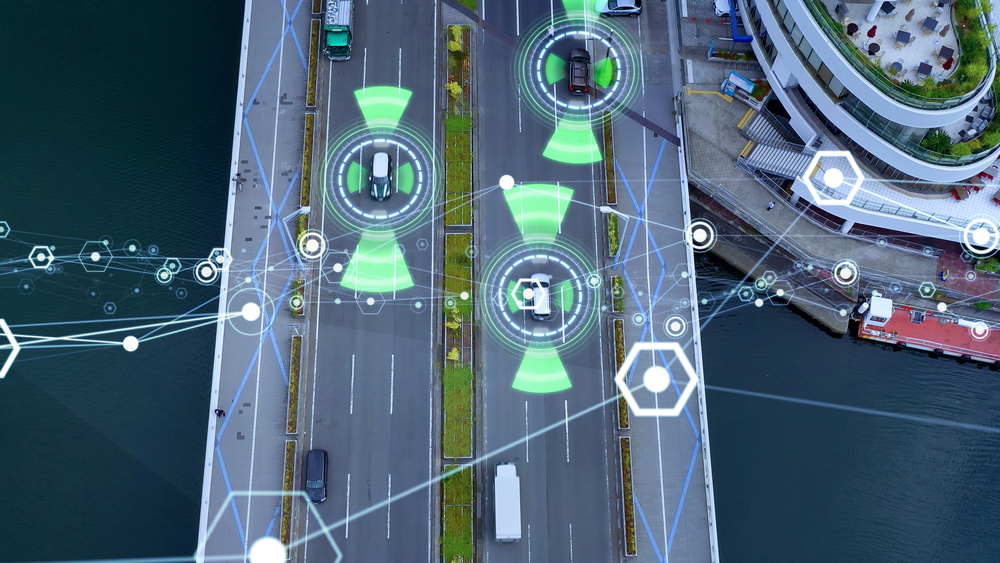
ADAS technologies like adaptive cruise control, lane-keeping assist, and automated parking are becoming more sophisticated. Tesla’s Autopilot and General Motors’ Super Cruise are examples of systems that take over significant driving tasks, reducing driver fatigue and improving safety.
3D-Printed Car Parts
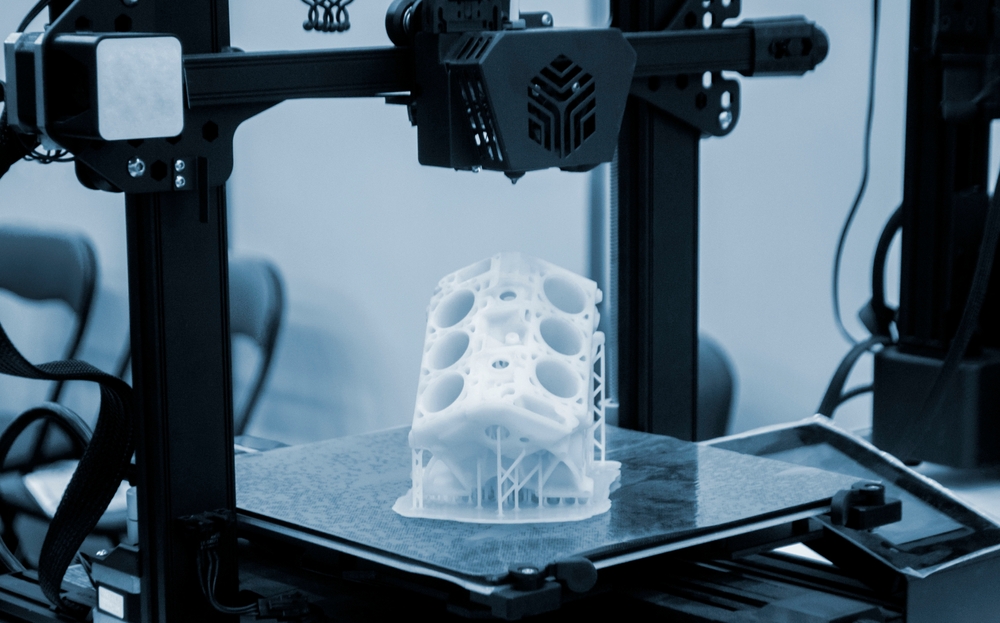
The customization and manufacturing of car parts through 3D printing are poised to become more mainstream. This technology enables manufacturers like Local Motors to create lightweight, strong parts that can be tailored to individual specifications, potentially reducing the cost and environmental impact of production.
This article originally appeared on MyCarMakesNoise.
More from MyCarMakesNoise
Top 16 Most Exquisite Limousines of All Time

Regarding luxury and style on the road, few vehicles can match the elegance of a limousine. These extraordinary cars have long been symbols of opulence, sophistication, and comfort, making every journey a special occasion. Read more
The 25 Most Innovative Cars You Can Buy Today

In today’s fast-paced world, automotive technology is evolving at an unprecedented rate, bringing us cars that are smarter, safer, and more efficient than ever before. From advanced driver assistance systems to groundbreaking electric powertrains, innovation is at the heart of modern automotive design. Read More
12 Trailblazing Hybrid Cars Setting New Standards

In a world dominated by a growing concern for environmental sustainability, the automobile industry has seen a monumental shift towards eco-friendly alternatives, with hybrid cars leading the charge. Read More


